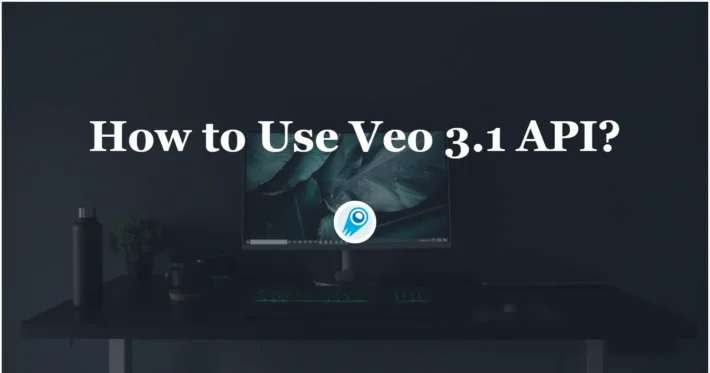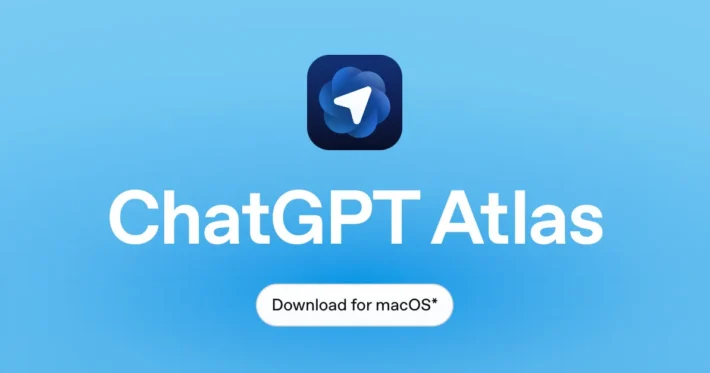What is TxGemma? All You Need to Know
In the intricate and costly realm of therapeutic development, the introduction of TxGemma by Google DeepMind offers a transformative approach to accelerating drug discovery and clinical trial predictions. TxGemma is an open collection of AI models specifically designed to enhance the efficiency of therapeutic research by leveraging the capabilities of large language models (LLMs).
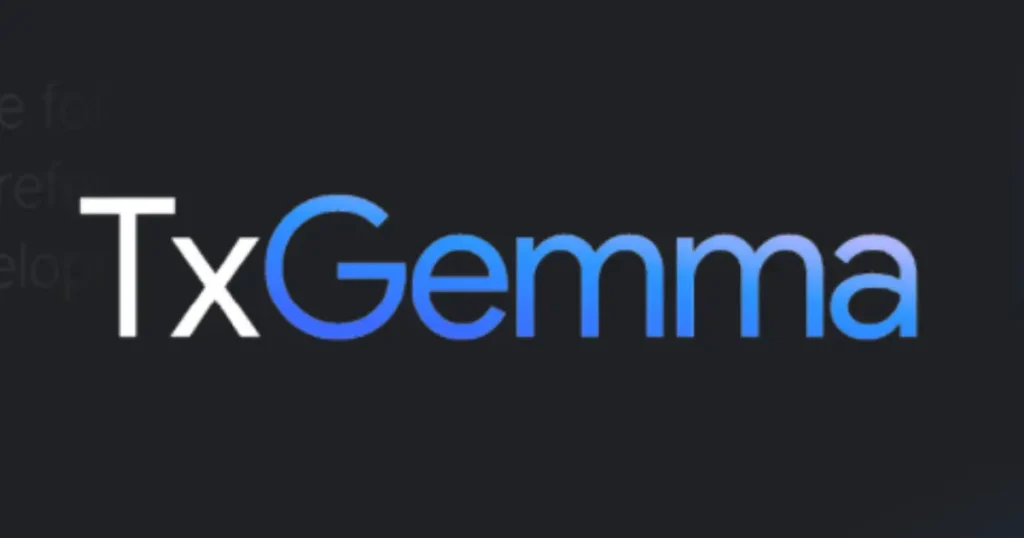
What is TxGemma?
An Overview of TxGemma
TxGemma is a suite of machine learning models developed to generate predictions, classifications, and text based on therapeutic-related data. Building upon Google’s Gemma-2 architecture, TxGemma has been fine-tuned using a diverse dataset of instruction pairs from the Therapeutic Data Commons (TDC). This fine-tuning process enables TxGemma to understand and predict the properties of therapeutic entities throughout the entire discovery process, from identifying promising targets to predicting clinical trial outcomes.
Model Variants and Capabilities
TxGemma is available in three sizes—2B, 9B, and 27B parameters—each tailored to different computational needs and performance requirements. The models are designed for various therapeutic tasks, including:
- Classification: Predicting categorical outcomes, such as a molecule’s ability to cross the blood-brain barrier.
- Regression: Estimating continuous values, like a drug’s binding affinity.
- Generation: Generating chemical structures or reactions, such as inferring reactants from given products.
The largest model variant, TxGemma-27B, has demonstrated superior performance, outperforming or matching the state-of-the-art generalist model (Tx-LLM) on 64 out of 66 tasks, and surpassing specialized models on 26 tasks.
How Does TxGemma Enhance Therapeutic Development?
Streamlining the Drug Discovery Process
Developing new therapeutics is a complex, time-consuming, and expensive endeavor, with approximately 90% of drug candidates failing beyond phase 1 trials. TxGemma addresses these challenges by providing AI-driven tools that assist researchers in:
- Target Identification: Analyzing vast datasets to identify potential drug targets.
- Predicting Drug Properties: Estimating various drug properties, such as toxicity, efficacy, and pharmacokinetics.
- Clinical Trial Optimization: Predicting clinical trial outcomes to inform trial design and patient selection.
By integrating TxGemma into the therapeutic development pipeline, researchers can potentially shorten the time from lab to bedside and reduce the costs associated with traditional methods.
Enhancing Explainability and Interactivity
Beyond predictive capabilities, TxGemma includes conversational AI models (TxGemma-Chat) that provide reasoning and explanations for their predictions. This feature allows scientists to:
- Understand Model Reasoning: Gain insights into the rationale behind specific predictions.
- Engage in Scientific Discussions: Interact with the model to explore complex questions and hypotheses.
This level of transparency facilitates mechanistic understanding and supports informed decision-making in therapeutic research.
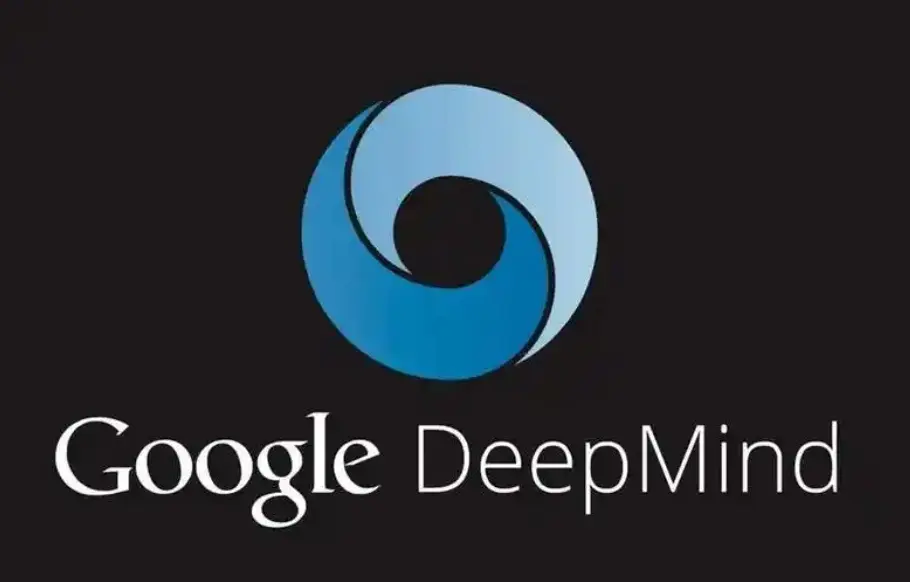
How Can Researchers Utilize TxGemma?
Accessing TxGemma Models
Researchers can access TxGemma models through platforms like Vertex AI Model Garden and Hugging Face. These platforms provide:
- Pre-trained Models: Ready-to-use models for immediate application.
- Fine-Tuning Capabilities: Tools to adapt models to specific datasets and tasks.
- Documentation and Tutorials: Resources to guide users in effectively utilizing the models.
By leveraging these resources, researchers can integrate TxGemma into their workflows to enhance various aspects of therapeutic development.
Implementing TxGemma in Research Workflows
To effectively implement TxGemma in research workflows, scientists can:
- Define Research Objectives: Identify specific tasks where AI can add value, such as predicting molecular properties or analyzing clinical trial data.
- Select Appropriate Model Variants: Choose model sizes and configurations that align with computational resources and performance requirements.
- Integrate with Existing Systems: Incorporate TxGemma models into current research platforms and data pipelines.
- Iterate and Validate: Continuously refine models based on feedback and new data to improve accuracy and reliability.
This structured approach ensures that TxGemma’s capabilities are effectively harnessed to advance therapeutic research.
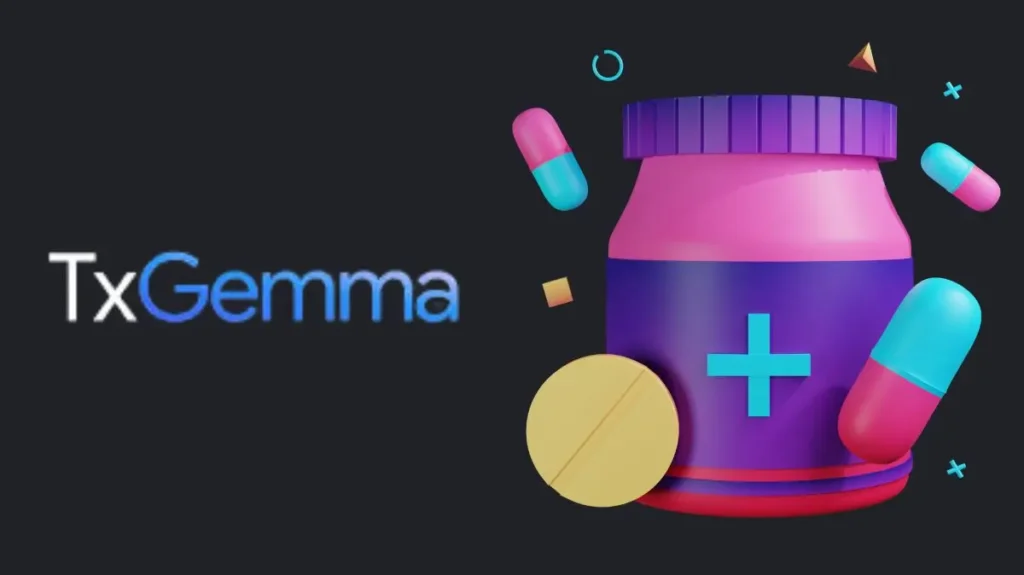
What Are the Potential Implications of TxGemma?
Accelerating Drug Development
By providing accurate predictions and insights, TxGemma has the potential to:
- Reduce Development Timelines: Streamline various stages of drug development, from discovery to clinical trials.
- Lower Costs: Minimize the financial resources required for developing new therapeutics.
- Increase Success Rates: Enhance the likelihood of identifying viable drug candidates.
These improvements could lead to faster delivery of effective treatments to patients.
Promoting Open Science and Collaboration
TxGemma’s open-source nature encourages:
- Community Engagement: Involve researchers worldwide in utilizing and improving the models.
- Data Sharing: Facilitate the exchange of therapeutic data to enrich model training and performance.
- Collaborative Research: Foster partnerships across institutions to tackle complex therapeutic challenges.
In addition to predictive models, Google DeepMind also launched Agentic-Tx, which integrates TxGemma into multi-step research workflows. By combining TxGemma with Gemini 2.5 Pro, Agentic-Tx can enhance research capabilities with 18 specialized tools.
Please refer to TxGemma API for calling methods and more detailed API details
Agentic-Tx has been tested on benchmarks such as Humanity’s Last Exam and ChemBench, showing that it can assist with complex research tasks that require reasoning across multiple steps.
CometAPI offer a price far lower than the official price to help you integrate Gemini 2.5 Pro API (model name: gemini-2.5-pro-exp-03-25), and you will get $1 in your account after registering and logging in! Welcome to register and experience CometAPI.CometAPI pays as you go,Gemini 2.5 Pro API in CometAPI Pricing is structured as follows:
- Input Tokens: $3.2 / M tokens
- Output Tokens: $12.8 / M tokens
In summary
TxGemma, launched by Google AI, represents a systematic advancement in computational therapeutic research, combining predictive efficacy, interactive reasoning, and improved data efficiency. By making TxGemma public, Google is able to further validate and adapt a variety of proprietary datasets, thereby promoting broader applicability and reproducibility of therapeutic research. With sophisticated conversational capabilities enabled by TxGemma-Chat and sophisticated workflow integration enabled by Agentic-Tx, the suite provides researchers with advanced computational tools that can significantly enhance the decision-making process in therapeutic development.

